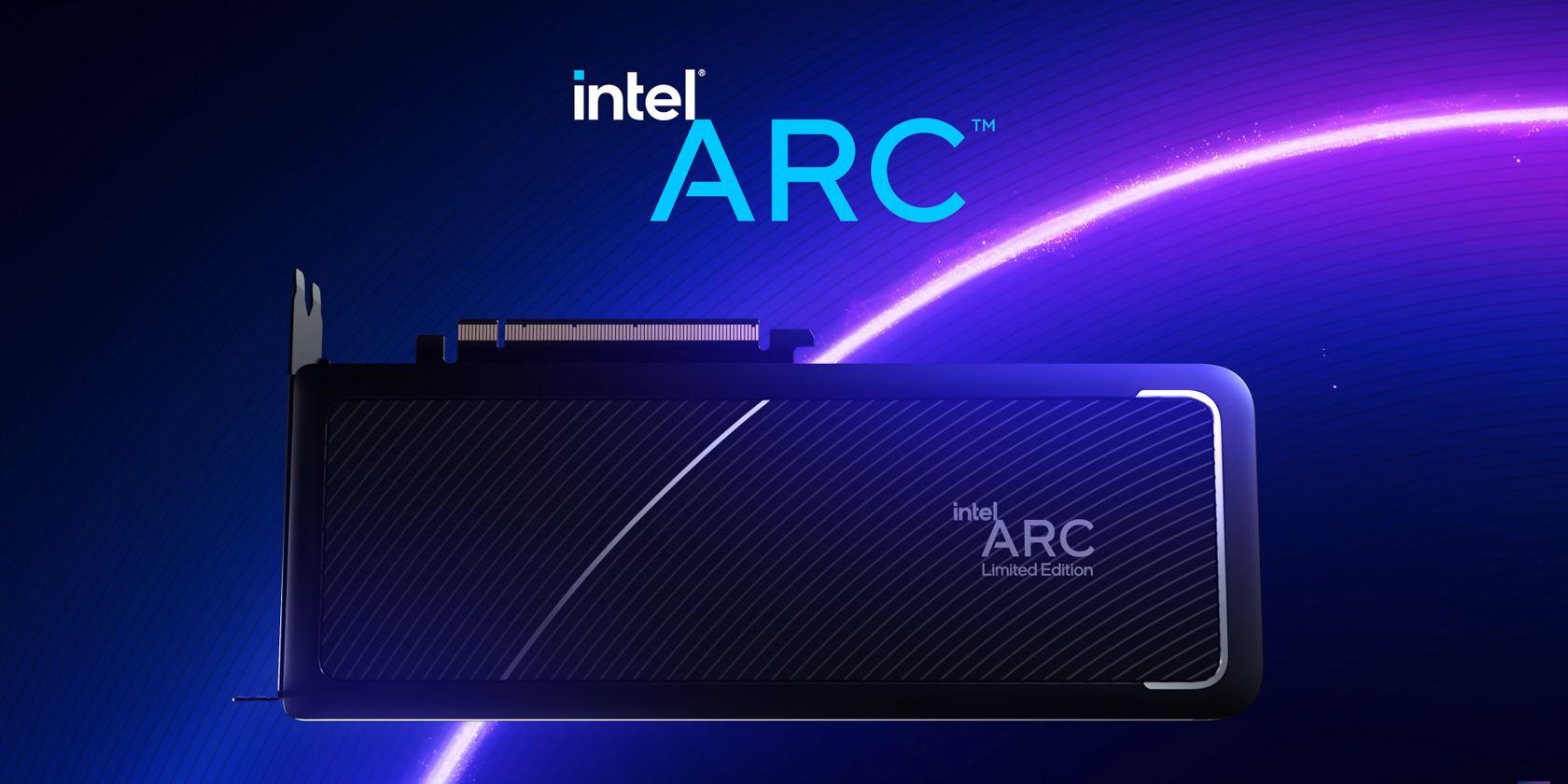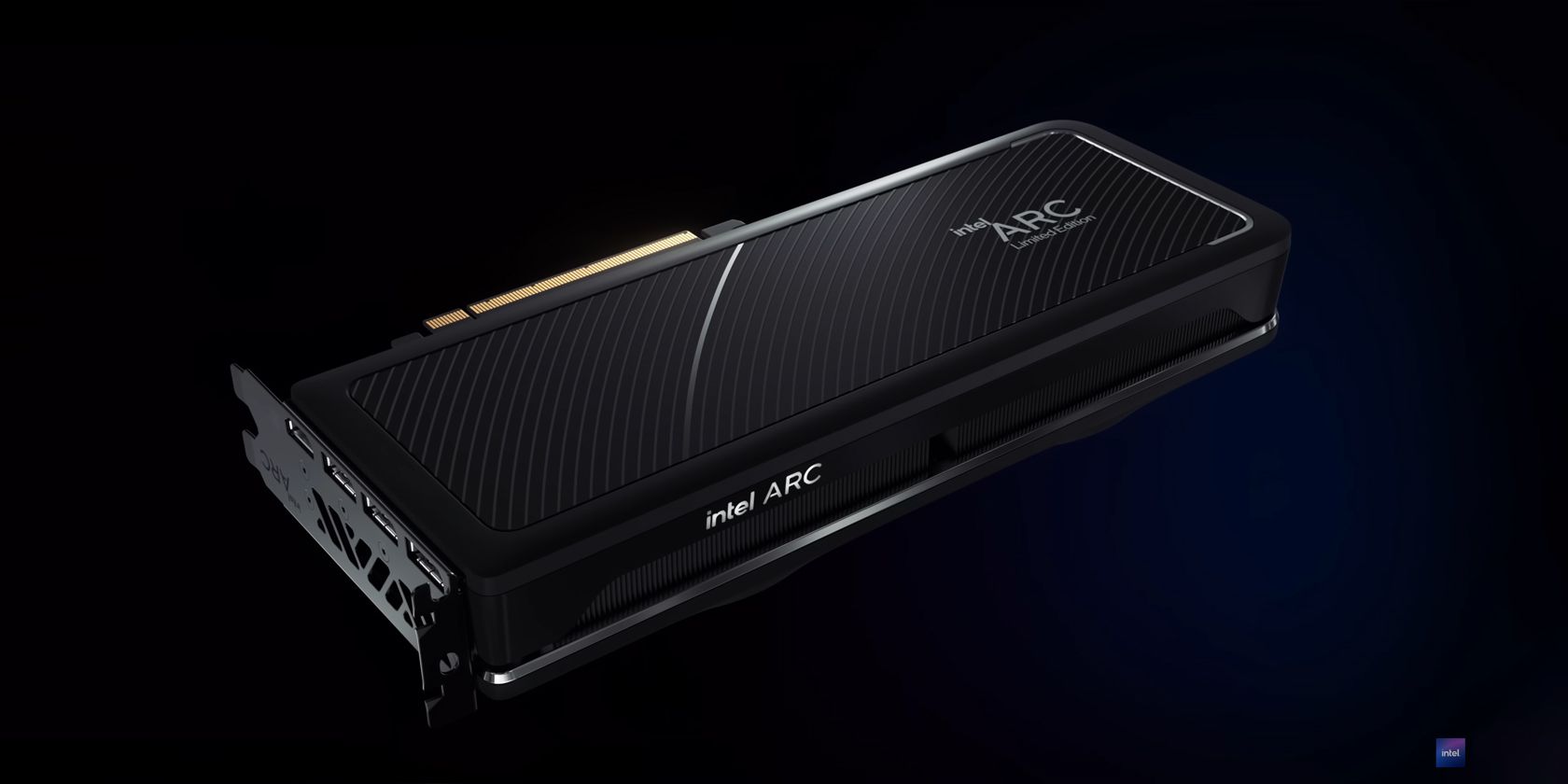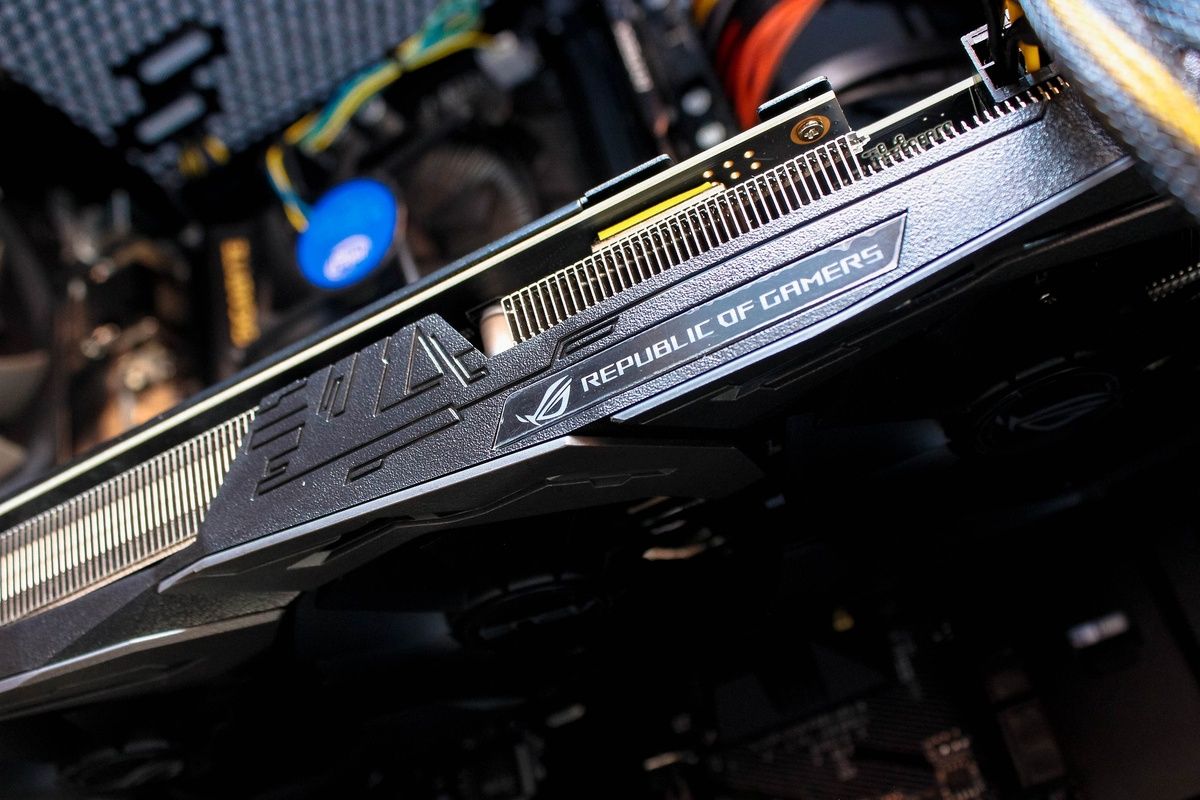Intel is now officially a player in the GPU game. The Intel Arc A770 and the A750 are out and making their way to the hands of gamers, serving as great budget GPUs for anyone. However, with Intel being a newcomer, some people might be understandably worried about grabbing a graphics card from the company, at least until it gains experience as a GPU maker.
There are arguments for it and against it, though. Here are a few reasons why you might want to get yourself an Intel GPU—and a few reasons why you might not want to.
2 Reasons to Buy an Intel Arc GPU
First, here are a few reasons why you might be interested in getting an Intel Arc Alchemist GPU.
1. They're (Really) Cheap
We'll start by arguing for one of the selling points Intel itself provided—the cards are really cheap. And when we mean cheap, we really mean it.
While NVIDIA's RTX 4090 and new Ada Lovelace architecture retail for $1,599, the Intel Arc A770 starts at a measly $329, and the A750, its lower-end sibling, starts at just $289. This makes the new GPUs from Intel quite affordable, as GPU prices keep increasing. Intel promised to focus on price-to-performance in an ecosystem that's constantly going up in price, so in that regard, the company is delivering.
Now, both of these graphics cards are not at the level of an RTX 4090, as you might imagine. They're not even close. They're closer to an RTX 3060 or an RTX 3070 in terms of performance and raw power. Of course, it's a first-gen product, so you can't expect Intel to come out with a bomb-tastic GPU on its very first try. However, they'll get better as Intel keeps making new generations of its graphics cards. We might even get a serious competitor to AMD and NVIDIA down the road.
For now, both GPUs are great options for budget gamers. Which, ultimately, is the price range where right now, it has the most success. Sure, an RTX 4090 is great, but ultimately, not everyone has $1,599 for a graphics card. In some cases, you can build a whole computer for less than that price. You might not want to get one for a high-end machine, but that's not the point of this card—it might be on Intel's roadmap in the near future, but right now, it's not the point.
2. You're Supporting a New Player
The second option is obvious—Intel is a newcomer in the GPU space, and as a newcomer, it needs support in order to actually be able to succeed in the future.
Intel isn't much of a newcomer. It's been bundling integrated GPUs for its CPUs for years, and it has previously attempted to launch GPUs, first under the ill-fated Larrabee project. Now, the company has finally launched discreet GPUs that can be seriously considered for games, even if they might not be the very best out there.
The fact that it currently sells mid-range and low-end cards means it's eliminated from the competition compared to NVIDIA and AMD. Still, on Intel's roadmap, the company is probably gunning for that spot in the future. It needs to start somewhere, though, and if you want a serious alternative in the NVIDIA-AMD duopoly, its first offerings must do well.
2. And Two Reasons Not to Buy an Intel Arc GPU
Now, we'll lay down some reasons why Intel GPUs might not be worth getting for you, at least right now.
1. It's a First-Gen Product
Perhaps the most important reason why you should steer clear of Intel GPUs, at least right now, is that it's a first-generation product. We told you above that Intel's first-gen cards need to be successful for Intel to keep making and improving them, but the reason why you might want to avoid it is the same reason why many people would rather steer clear of first-gen products in general. They're first-gen products from a company that's been, so far, untested.
Intel is a known name in the CPU space, making some of the best CPUs available on the market. But regarding GPUs, it has had a rocky history. Its integrated GPUs have been mocked for being comically bad at gaming, and its efforts to launch decent GPUs were largely futile.
Even putting aside Intel's reputation with GPUs, first-gen products could be problematic. Drivers may not be as widely supported as NVIDIA/AMD drivers, and you could encounter some strange issues that don't happen on more expensive, thoroughly tested GPUs. It doesn't look like we have any major issues, but issues could still arise over time, and you need to be prepared.
2. They're Not Powerful
The second reason why you might not want to get one is that they're not up to the task of heavier gaming.
Sure, the GPUs come with Intel XeSS, Intel's answer to NVIDIA's DLSS, which does alleviate some stress off the card and lets you reach higher resolutions. But even then, the GPU is notably weaker than the best GPUs on the market. It's priced accordingly, of course, but it's just not an option enthusiasts will seriously consider, at least not for ultra-high-end cards. They'll perform well on certain systems, but if you want your card to do things an RTX 4090 does, you're out of luck.
As we mentioned before, Intel could very well have plans to produce and release high-end cards. But that'll likely take years, as Intel needs to evolve faster than its competitors to catch up.
Should You Buy an Intel Arc GPU? It's Complicated
We want Intel to succeed in the GPU market. Competition is already outstanding with two GPU makers gunning at each other, and with a third alternative, it'll only get even harsher. However, for Intel to compete, it needs refining. Right now, Intel's offering is a good choice for budget gamers, but enthusiasts will likely stick with the established names for now.



